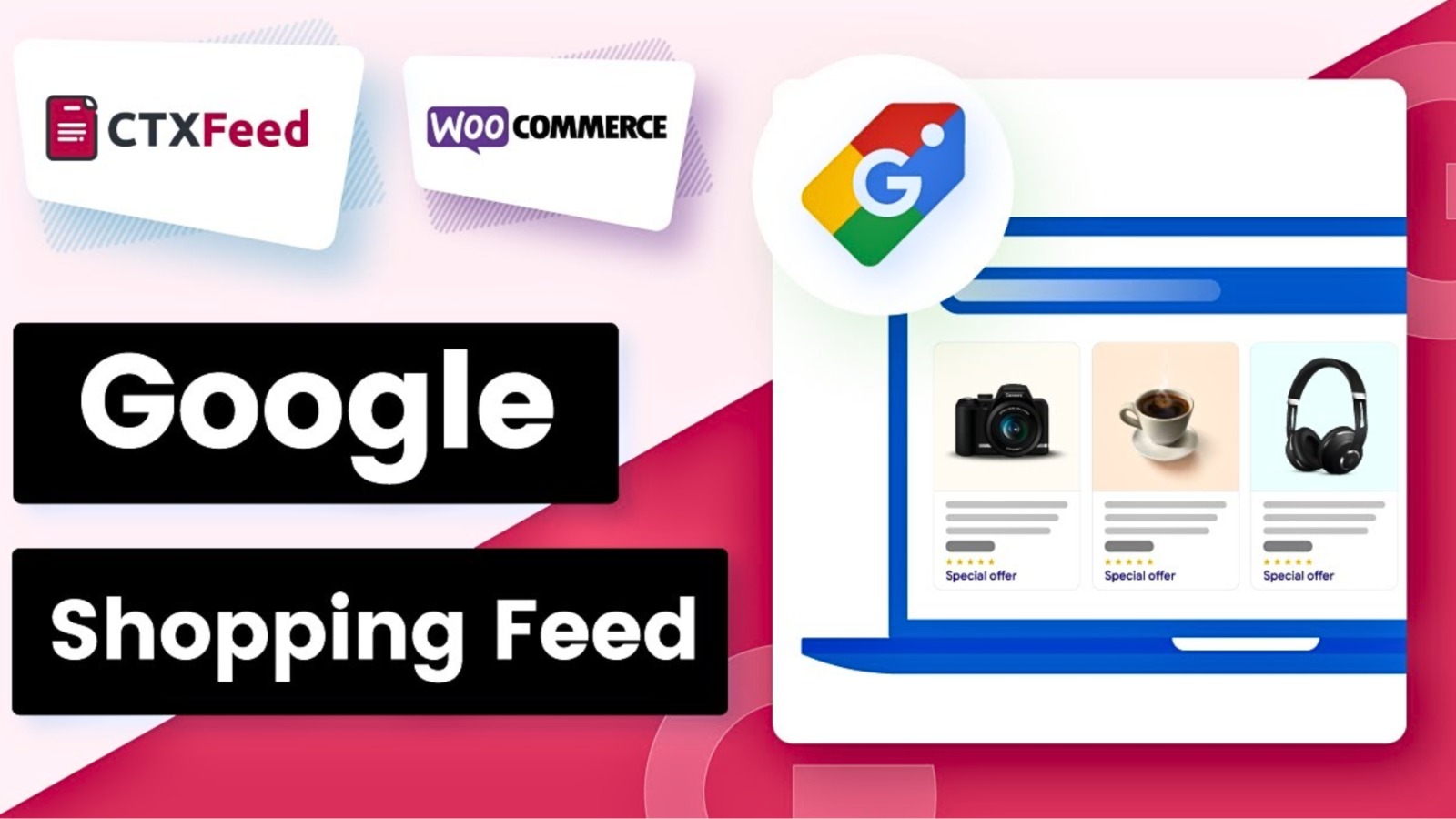Introduction:
In today’s competitive e-commerce landscape, optimizing your Google Shopping feed is no longer optional—it’s essential for driving traffic, increasing conversions, and maximizing return on ad spend (ROAS). A well-structured Google Shopping product feed ensures your products appear in relevant searches, attract high-intent shoppers, and outperform competitors.
This comprehensive guide will walk you through smart Google Shopping feed optimization strategies, including Google Shopping product title optimization, Google Shopping title optimization, and the benefits of Google Shopping feed automation. By implementing these techniques, you can enhance your product listings, improve ad performance, and boost sales.
Why Google Shopping Feed Optimization Matters
Google Shopping has become a dominant force in e-commerce, allowing retailers to showcase products directly in search results. Unlike traditional text ads, Google Shopping displays images, prices, and store names, making it more engaging for potential buyers. However, simply uploading a product feed isn’t enough—proper Google Shopping feed optimization ensures your listings stand out and convert.
A poorly optimized feed leads to:
-
Low visibility due to weak product matching
-
Higher cost-per-click (CPC) from poor relevance
-
Disapproved listings from missing or incorrect data
By refining Google Shopping product titles, improving data accuracy, and leveraging automation, retailers can significantly enhance performance and drive more sales.
1. Optimizing Google Shopping Product Titles for Better Rankings
Your Google Shopping product titles are the most critical factor in matching user search queries. Google’s algorithm heavily weighs title relevance when deciding which products to display. Effective Google Shopping title optimization follows these best practices:
a. Prioritize Key Product Attributes
Include essential details such as brand, model, size, color, and material. For example, “Nike Air Max 90 Running Shoes Men’s – White, Size 10” performs better than a vague title like “Men’s Running Shoes.”
b. Place Important Keywords First
Google places more weight on the beginning of titles, so structure them with the most relevant keywords upfront. For example, “Apple iPhone 15 Pro 128GB – Space Gray” is better than “Smartphone – Apple iPhone 15 Pro – 128GB – Space Gray.”
c. Avoid Keyword Stuffing
While keywords are important, avoid unnatural repetition. Keep titles under 150 characters and ensure they remain readable.
d. Follow Google’s Title Guidelines
-
Exclude promotional text (e.g., “Best Price,” “Free Shipping”)
-
Avoid ALL CAPS or excessive punctuation
-
Use proper capitalization (e.g., “Adidas Ultraboost,” not “ADIDAS ULTRABOOST”)
2. Enhancing Your Google Shopping Product Feed for Maximum Performance
Beyond titles, your Google Shopping product feed must be complete, accurate, and structured for optimal performance. Missing or incorrect data can lead to disapprovals and lost sales.
a. Essential Product Data to Optimize
-
GTINs (Global Trade Item Numbers): Required for most products to ensure proper matching.
-
High-Quality Images: Use multiple high-resolution (1000x1000px) images with white backgrounds.
-
Detailed Product Descriptions: Highlight key features, materials, and benefits.
-
Accurate Pricing & Availability: Ensure real-time updates to prevent mispricing or out-of-stock issues.
b. Optimize Product Categories & Types
Google uses product categories to determine relevance. Always:
-
Select the most specific Google product category available.
-
Match product types with consumer search intent (e.g., “Wireless Earbuds” instead of just “Headphones”).
c. Use Custom Labels for Advanced Segmentation
Custom labels allow you to group products for better campaign management:
-
Profit Margin Tiers (High, Medium, Low)
-
Performance Tags (Best Seller, New Arrival, Clearance)
-
Seasonal Campaigns (Holiday Sale, Summer Collection)
3. Automating Your Google Shopping Feed for Efficiency
Manually managing a Google Shopping feed is time-consuming, especially for large inventories. Google Shopping feed automation simplifies the process by:
a. Automating Critical Updates
-
Real-time price adjustments based on competitor pricing.
-
Instant stock updates to prevent overselling.
-
Dynamic title optimization based on performance data.
b. Reducing Errors & Disapprovals
Automation tools validate data against Google’s requirements, preventing common issues like missing GTINs or incorrect image formats.
c. Best Feed Automation Tools
-
Google Merchant Center: Basic feed management.
-
Feedonomics: Advanced optimization for large catalogs.
-
DataFeedWatch: Rule-based optimizations for dynamic pricing.
4. Mobile & Local Optimization Strategies
With over 60% of Google Shopping searches happening on mobile, optimizing for smaller screens is crucial.
a. Mobile-Specific Best Practices
-
Fast-loading images (compressed without quality loss).
-
Clear CTAs (easily tappable “Buy Now” buttons).
-
Mobile-friendly landing pages (fast load times, simplified checkout).
b. Capturing Local Shoppers
-
Local Inventory Ads: Show in-store availability.
-
Location-based keywords (e.g., “Buy Running Shoes in Chicago”).
-
Google Business Profile Integration: Sync with local search results.
5. Continuous Performance Monitoring & Optimization
Google Shopping feed optimization is an ongoing process. Regularly analyze performance to refine your strategy.
a. Key Metrics to Track
-
Impressions: Low numbers indicate poor visibility.
-
Click-Through Rate (CTR): Measures title and image effectiveness.
-
Conversion Rate: Tracks how well listings drive sales.
-
Return on Ad Spend (ROAS): Determines profitability.
b. A/B Testing for Improvement
-
Test different title structures (Brand First vs. Product Type First).
-
Experiment with additional images (lifestyle vs. plain background).
-
Compare pricing strategies (discounts vs. value-added messaging).
c. Seasonal Optimization Tactics
-
Adjust bids during peak shopping periods (Black Friday, Holidays).
-
Update titles with seasonal keywords (“Christmas Gifts,” “Summer Essentials”)
Conclusion: Mastering Google Shopping Feed Optimization
Smart Google Shopping feed optimization requires attention to detail across titles, data accuracy, automation, and performance tracking. By implementing these optimization and automation strategies, retailers can achieve:
✅ Higher search visibility
✅ Lower customer acquisition costs
✅ Improved conversion rates
✅ Scalable, automated management
Start optimizing your Google Shopping feed today and watch your e-commerce performance soar.
